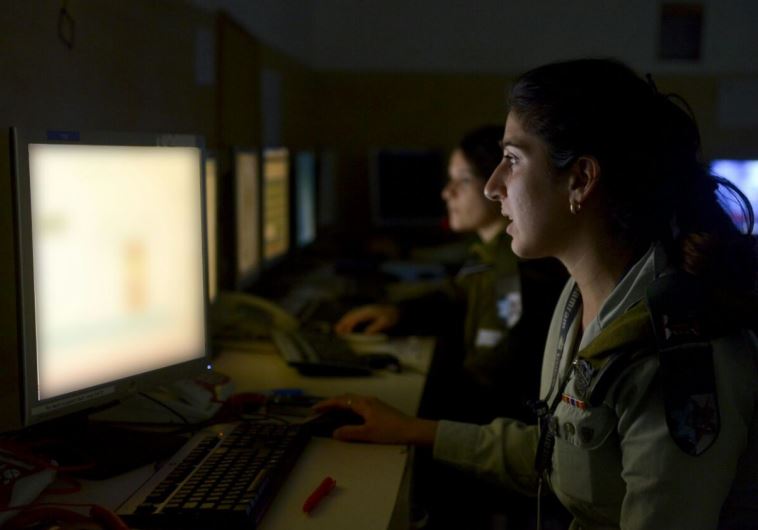IDF's IT unit head: 'Our enemy understood it can try to shut us down with a cyber attack'
IDF's Center of Computing and Information Systems holds its first ever cyber attack drill.
 IDF's MAMRAM Unit exercise held on Thursday(photo credit: IDF SPOKESMAN’S UNIT)Updated:
IDF's MAMRAM Unit exercise held on Thursday(photo credit: IDF SPOKESMAN’S UNIT)Updated: